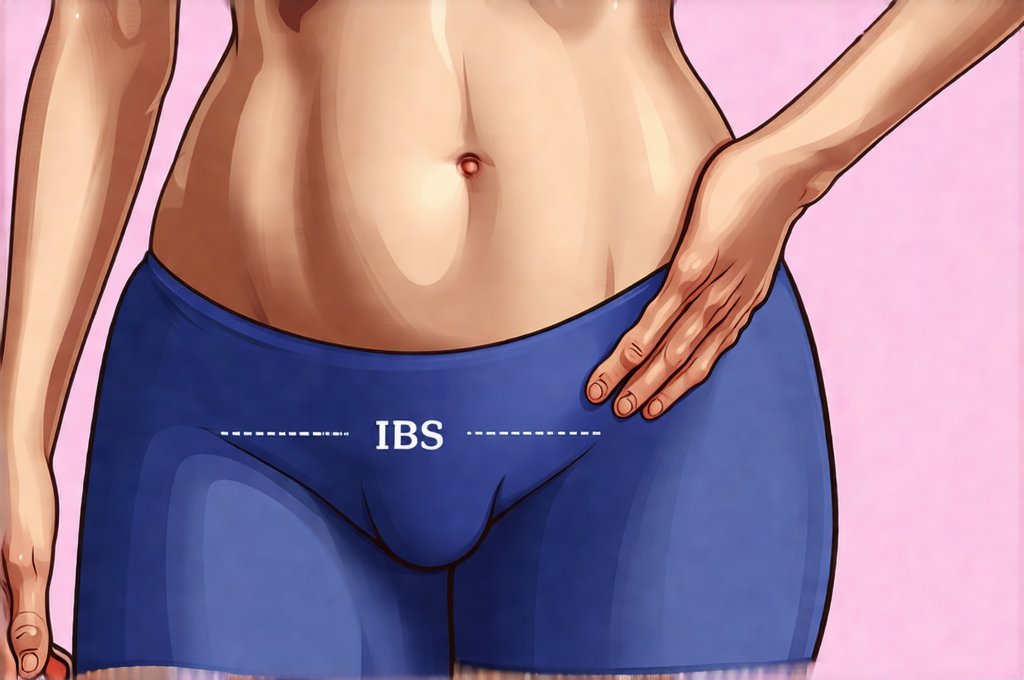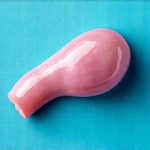Interstitial Cystitis (IC) and Irritable Bowel Syndrome (IBS) frequently coexist, creating a complex web of symptoms that can significantly impact quality of life. Many individuals experiencing both conditions report a frustrating cycle where bladder pain and urinary urgency are intertwined with abdominal discomfort, bloating, and altered bowel habits. This overlap isn’t merely coincidental; growing research suggests shared underlying mechanisms—such as visceral hypersensitivity, nervous system dysregulation, and potential immune involvement—contribute to the development of both disorders. Understanding this interplay is crucial for effective management, as treating one condition in isolation often fails to address the full spectrum of patient experiences.
The challenge lies in disentangling which symptoms originate from IC, IBS, or a combination of both. The overlapping nature makes accurate diagnosis and targeted treatment more difficult. For instance, urgency can be associated with either bladder irritation or bowel inflammation, while pelvic pain may stem from bladder pressure, intestinal spasms, or even referred pain. Patients often describe a “flare” where symptoms in both systems escalate simultaneously, further blurring the lines. This article will delve into strategies for navigating this intricate relationship, focusing on lifestyle adjustments, dietary considerations, and collaborative care approaches aimed at easing the burden of coexisting IC and IBS.
Understanding the Connection: Shared Pathways & Overlapping Symptoms
The connection between IC and IBS is increasingly recognized by medical professionals. While the exact cause remains elusive for both conditions, several theories attempt to explain their frequent coexistence. One prominent idea centers around visceral hypersensitivity, a heightened sensitivity to normal sensations in the gut and bladder. This means even mild distension or pressure can be perceived as intensely painful. Another factor is believed to be dysfunction within the brain-gut-bladder axis – a complex communication network between these organs and the nervous system. Disruptions in this axis can lead to amplified pain signals, altered motility (movement of the gut and bladder), and increased inflammation.
Furthermore, there’s growing evidence suggesting an immune component plays a role. Some research points towards mast cell activation syndrome (MCAS) as a potential link, where mast cells release inflammatory mediators that contribute to both IC and IBS symptoms. Genetic predisposition may also play a part, meaning some individuals are inherently more susceptible to developing these conditions. Recognizing the shared pathways isn’t about finding a single “cure,” but rather acknowledging the interconnectedness of the systems involved and tailoring treatment accordingly.
Finally, the overlapping symptom presentation creates diagnostic difficulty. Consider this:
– Frequent urination can be caused by bladder inflammation (IC) or dehydration related to diarrhea (IBS).
– Pelvic pain might originate from a full bladder, intestinal spasms, or nerve irritation.
– Bloating and abdominal pressure can mimic IC symptoms, making it hard to pinpoint the source. If you are struggling with frequent UTIs, understanding hidden UTI symptoms can be very helpful.
Navigating Diet & Lifestyle: Holistic Approaches
Given the complex interplay between IC and IBS, a holistic approach is often most effective. Dietary modifications are frequently the first line of defense for managing both conditions. A cornerstone of many IC/IBS diets is an elimination diet – gradually removing potential trigger foods to identify sensitivities. Common culprits include caffeine, alcohol, citrus fruits, tomatoes, spicy foods, artificial sweeteners, and carbonated beverages. For IBS specifically, FODMAPs (fermentable oligosaccharides, disaccharides, monosaccharides, and polyols) are often restricted, as they can exacerbate bloating and gas.
Lifestyle changes also play a vital role. Stress management techniques, such as yoga, meditation, or deep breathing exercises, can help regulate the nervous system and reduce pain perception. Regular, gentle exercise – like walking or swimming – promotes gut motility and overall well-being. Maintaining adequate hydration is crucial for both conditions; however, excessive fluid intake might worsen bladder symptoms in IC patients, so finding the right balance is key. Avoiding prolonged sitting and prioritizing good sleep hygiene are also important considerations. It’s vital to remember that dietary and lifestyle changes aren’t a quick fix but require consistent effort and personalized adjustments. If hot weather exacerbates your condition you may want to learn UTI triggers.
Addressing Bladder & Bowel Flare-Ups
Flare-ups can be incredibly debilitating for those with coexisting IC and IBS. Having a plan in place can help manage the intensity and duration of these episodes.
– Identify triggers: Keep a detailed symptom diary to track what you eat, your activity levels, stress levels, and any associated symptoms. This helps pinpoint potential flare-up culprits.
– Rest & relaxation: Prioritize rest during a flare. Reduce physical exertion and create a calm environment.
– Symptom management: Use established coping mechanisms for both IC and IBS. For IC, this might involve timed voiding or pelvic floor exercises. For IBS, it could include anti-spasmodic medication (if prescribed) or gentle abdominal massage.
– Hydration adjustment: During a flare, adjust fluid intake based on your symptoms. If diarrhea is prominent, focus on rehydration with electrolyte solutions. If bladder urgency is the main issue, you might temporarily reduce fluids slightly.
The Role of Pelvic Floor Therapy
Pelvic floor dysfunction is common in both IC and IBS, contributing to pain, urinary/bowel problems, and muscle tension. Pelvic floor therapy involves learning techniques to strengthen or relax these muscles, improving bladder and bowel control, reducing pain, and restoring function. A trained pelvic floor therapist will assess your individual needs and create a customized treatment plan. This might include exercises like Kegels (when appropriate), biofeedback, myofascial release, and education on proper posture and movement.
Pelvic floor therapy isn’t always intuitive and can even be harmful if done incorrectly. It’s crucial to work with a qualified therapist who understands both IC and IBS to ensure you’re receiving safe and effective treatment. Remember that it often takes time and consistent effort to see results, but the benefits can be significant for many patients.
Collaboration is Key: Building Your Healthcare Team
Managing coexisting IC and IBS effectively requires a collaborative approach involving a multidisciplinary healthcare team. This should ideally include a primary care physician, a urologist (for IC), a gastroenterologist (for IBS), and potentially other specialists such as a pelvic floor therapist, a registered dietitian, and a pain management specialist. Open communication between these providers is essential to ensure coordinated care and avoid conflicting treatments.
Patients also play an active role in their care by:
– Keeping detailed symptom diaries
– Clearly communicating their concerns and experiences
– Asking questions and seeking clarification
– Advocating for their needs
Don’t hesitate to seek second opinions or explore alternative therapies if you feel your current treatment plan isn’t addressing your symptoms adequately. Remember that managing chronic conditions is a partnership between patient and provider, built on trust, communication, and a shared commitment to improving quality of life. If work is adding to stress during a health crisis, consider work deadlines. Those experiencing constant issues should explore how to deal with UTI recurrence .





















